Is Valorant GPU or CPU Intensive – Maximize Gaming Power!
Released by Riot Games, Valorant quickly became a household name in the world of tactical shooters. Known for its fast-paced gameplay, strategic mechanics, and high stakes, Valorant has captured the attention of millions of gamers around the globe. While the game is designed to run smoothly on a wide variety of hardware configurations, many players wonder whether Valorant is more GPU or CPU intensive. Understanding the balance between GPU and CPU demands in Valorant is crucial for optimizing your system for the best possible performance.
In this article, we’ll explore the inner workings of Valorant, analyzing how it utilizes your GPU and CPU, and offer actionable insights on how to optimize your hardware setup. We will dive deep into the question of whether Valorant is more reliant on GPU or CPU power, and how you can adjust your system accordingly.
The Impact of Valorant on GPU and CPU Usage:
Valorant is a competitive game that emphasizes fast reflexes, low latency, and high frame rates. To deliver this experience, the game places specific demands on both the GPU and CPU. This section explores how the game interacts with these components and what that means for your hardware.
Understanding Valorant’s Resource Requirements:
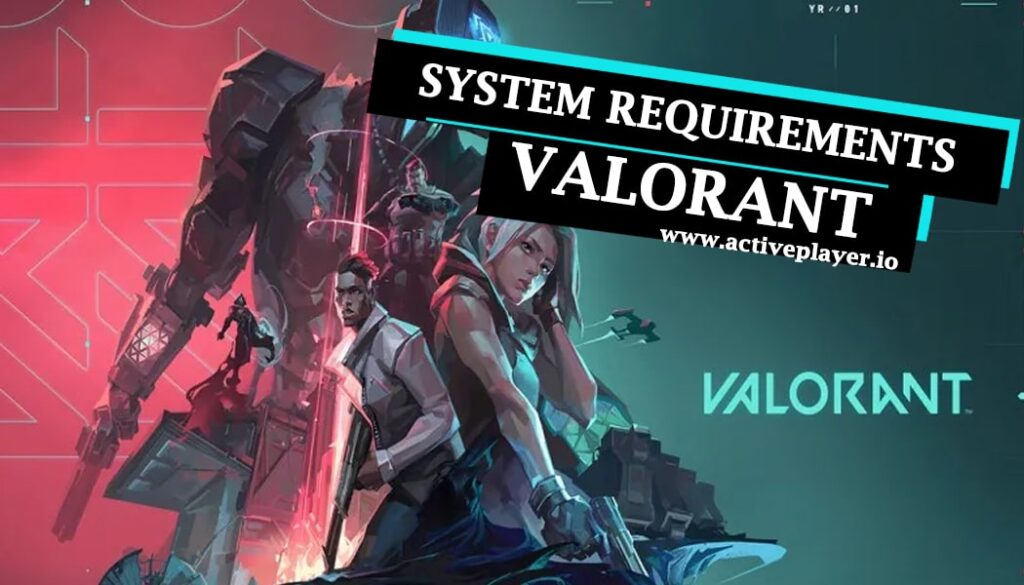
Before diving deeper into whether Valorant is more GPU or CPU intensive, it’s essential to have a clear understanding of the game’s resource requirements. Riot Games designed Valorant to be accessible to a wide range of hardware setups, from budget laptops to high-end gaming PCs. Let’s look at the minimum and recommended specifications for running Valorant.
Also Read: Why Does Crt Filters Take So Much Gpu – A Deep Dive Into The Resource Demand!
Minimum System Requirements
For players with lower-end systems, Valorant has been optimized to run smoothly at reduced settings. According to Riot Games, the minimum requirements for running Valorant include:
- CPU: Intel Core 2 Duo E8400
- GPU: Intel HD 3000
- RAM: 4 GB
- Operating System: Windows 7/8/10 (64-bit)
These minimum specs allow the game to run at a basic level, maintaining a playable frame rate of 30 FPS. Players using older hardware may need to adjust graphical settings to ensure smoother performance, but even with these modest specifications, Valorant remains playable.
Recommended System Requirements
For a more competitive experience, Valorant has recommended specifications that provide higher frame rates and better visual quality:
- CPU: Intel i3-4150 or AMD Ryzen 3 1200
- GPU: GeForce GT 730 or Radeon R7 240
- RAM: 8 GB
- Operating System: Windows 7/8/10 (64-bit)
With this setup, players can expect to achieve a consistent 60 FPS or higher. This is suitable for those who want to maintain a competitive edge without sacrificing performance.
High-End System Recommendations
For gamers aiming to push Valorant to its limits, achieving ultra-high frame rates (144 FPS or more) and maximizing graphical settings, the following specifications are recommended:
- CPU: Intel Core i5-9400F or AMD Ryzen 5 3600
- GPU: GeForce GTX 1050 Ti or higher
- RAM: 16 GB or more
- Operating System: Windows 10 (64-bit)
These specs are designed for players who want to compete at the highest levels, especially those using high refresh rate monitors (144Hz, 240Hz, or more). Here, both the CPU and GPU work in tandem to deliver optimal performance.
CPU Intensive Aspects in Valorant:
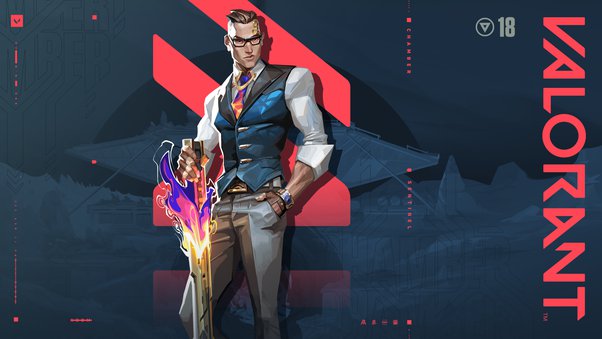
Tactical shooters like Valorant often place significant demands on the CPU. In this section, we explore how the game’s logic, AI calculations, and real-time processing make Valorant CPU intensive. We’ll also look at specific factors like:
- Game Logic and Real-Time Calculations: The CPU’s role in handling critical in-game mechanics such as hit registration, bullet trajectories, and physics.
- Networking and Latency Management: How the CPU processes data packets to maintain a stable connection, minimizing lag in online matches.
- High Frame Rate Dependency: Why achieving ultra-high frame rates, like 240 FPS, requires a powerful CPU to manage the game’s complexities.
GPU Intensive Aspects in Valorant:
While Valorant is relatively lightweight in terms of graphics, the GPU still plays a significant role in delivering smooth visuals and high frame rates. This section explores how Valorant uses the GPU for:
- Rendering Graphics: How the GPU handles textures, lighting, and other graphical elements, especially at higher resolutions.
- Maintaining Frame Rate Stability: The impact of increasing visual settings on GPU performance.
- Competitive Graphics Settings: Balancing visual quality and performance to ensure the best competitive edge.
Also Read: Gpu Randomly Spikes To 100 When Idle 2080 Ti – Understanding And Resolving The Issue!
Optimizing Valorant for GPU and CPU:
To achieve the best performance in Valorant, players must optimize their hardware. This section provides tips for optimizing both the GPU and CPU, including:
- Closing Background Applications: Reducing CPU load by minimizing non-essential processes.
- Lowering Visual Settings: Easing GPU strain by adjusting in-game graphics settings.
- Overclocking: The benefits and risks of overclocking both CPUs and GPUs to boost performance.
- Upgrading Hardware: Recommendations for those looking to upgrade their system to improve their Valorant experience.
Valorant’s Balanced Hardware Requirements:
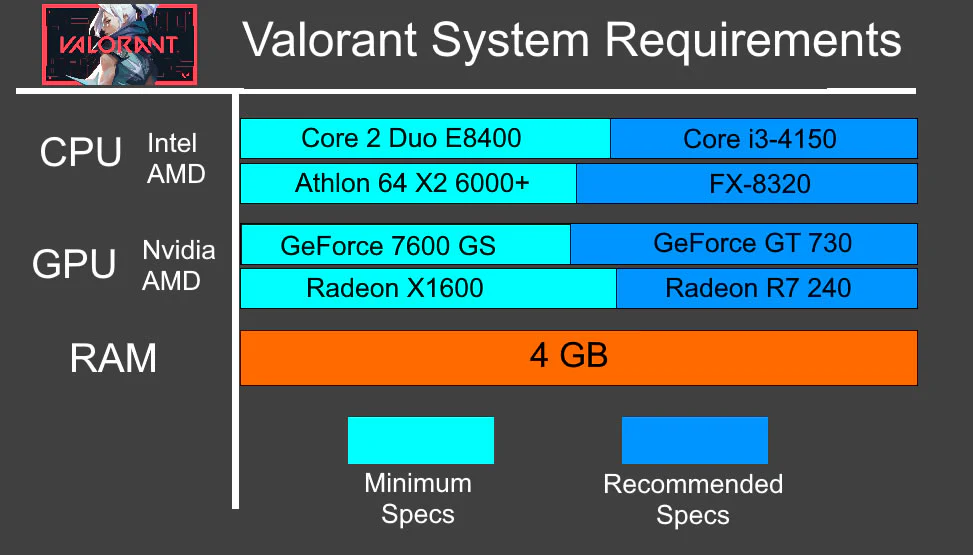
Valorant is designed to run well on a wide range of systems, meaning it needs both the GPU and CPU to work together smoothly. Even though the CPU handles a lot of the important tasks like hit detection and game logic, the GPU is still necessary to make the game look good, especially at higher settings and resolutions.
On low-end systems, the game can still run by reducing graphics settings, but for players with mid-range or high-performance setups, having a strong GPU and CPU allows for smoother gameplay and better visuals. Ultimately, both components play a crucial role in delivering the best gaming experience.
FAQ’s:
1. Is Valorant more GPU or CPU intensive?
Valorant is relatively balanced, though it is more CPU intensive when aiming for ultra-high frame rates, especially during competitive play.
2. What CPU is best for Valorant?
For competitive players, a CPU with higher clock speeds and multiple cores, such as the Intel Core i5-12600K or AMD Ryzen 5 5600X, provides excellent performance.
3. What GPU is recommended for Valorant?
A mid-range GPU like the NVIDIA GTX 1650 or AMD Radeon RX 580 is sufficient for most players, but higher-end cards like the RTX 3060 provide smoother visuals at higher resolutions.
4. Can I run Valorant on integrated graphics?
Yes, Valorant is optimized for lower-end systems and can run on integrated graphics, though frame rates and visual quality may be limited.
5. How much RAM is needed for Valorant?
Riot Games recommends at least 4 GB of RAM, but for smoother performance, especially when multitasking, 8 GB or more is ideal.
6. Does Valorant require a high-end PC?
No, Valorant is designed to run on a wide variety of systems, from low-end setups to high-performance gaming rigs.
7. How can I improve FPS in Valorant?
Lowering in-game graphics settings, closing background applications, and ensuring your drivers are updated can help improve FPS.
8. Is Valorant CPU bound at high frame rates?
Yes, for players targeting frame rates above 144 FPS, Valorant becomes more CPU bound, making a strong processor essential.
9. Do I need to upgrade my GPU for Valorant?
Upgrading your GPU is only necessary if you want to improve visual quality or run the game at higher resolutions. For most players, a mid-range GPU will suffice.
10. Can Valorant run smoothly on a laptop?
Yes, Valorant can run smoothly on many laptops, particularly those with modern CPUs and dedicated GPUs. Adjusting settings can ensure better performance on lower-end machines.
Conclusion:
In conclusion, Valorant is a balanced game that requires both GPU and CPU power for optimal performance. While the CPU handles game logic, physics, and networking, the GPU manages rendering and maintaining visual fidelity. The balance between the two components will depend on a player’s performance goals, whether that’s ultra-high frame rates or improved graphics.
Read More:
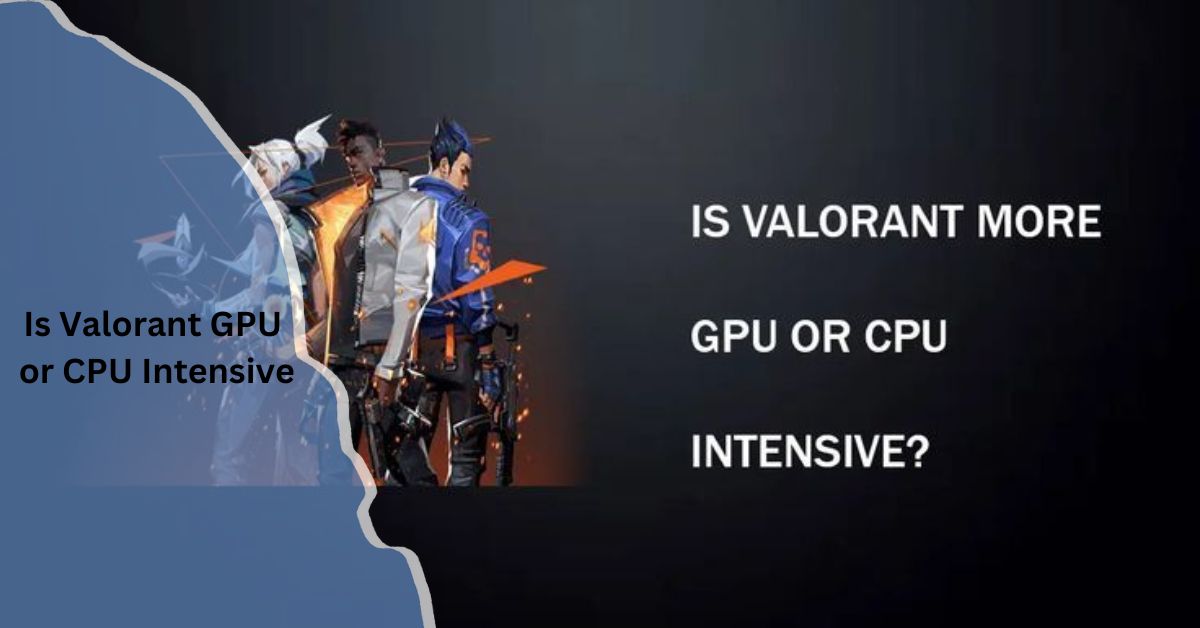
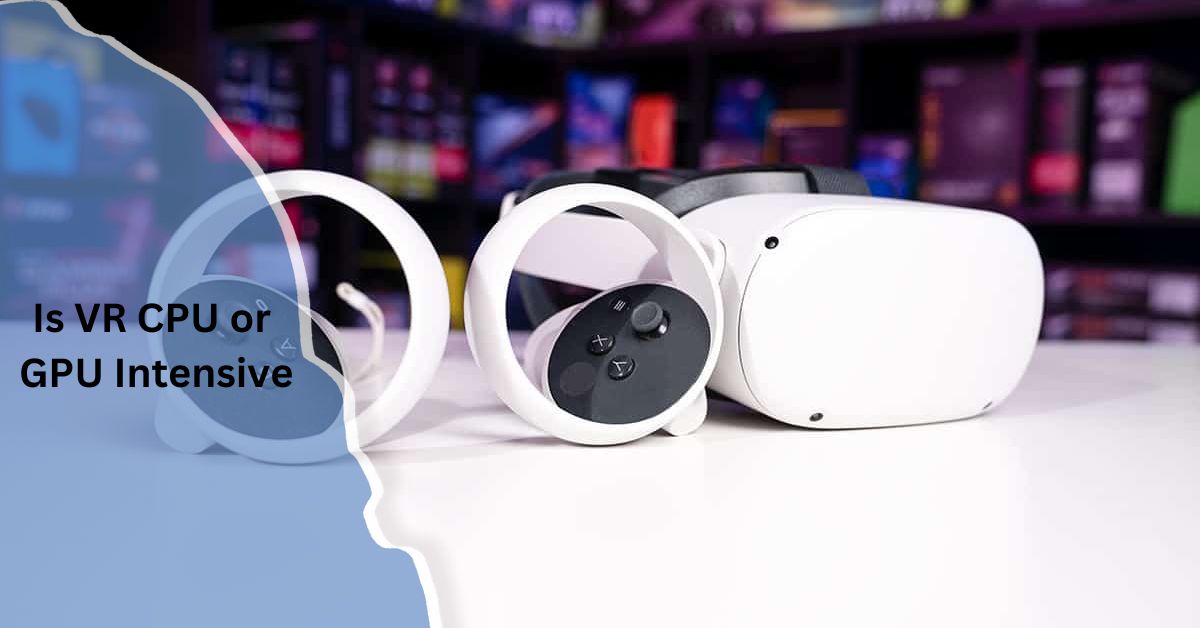
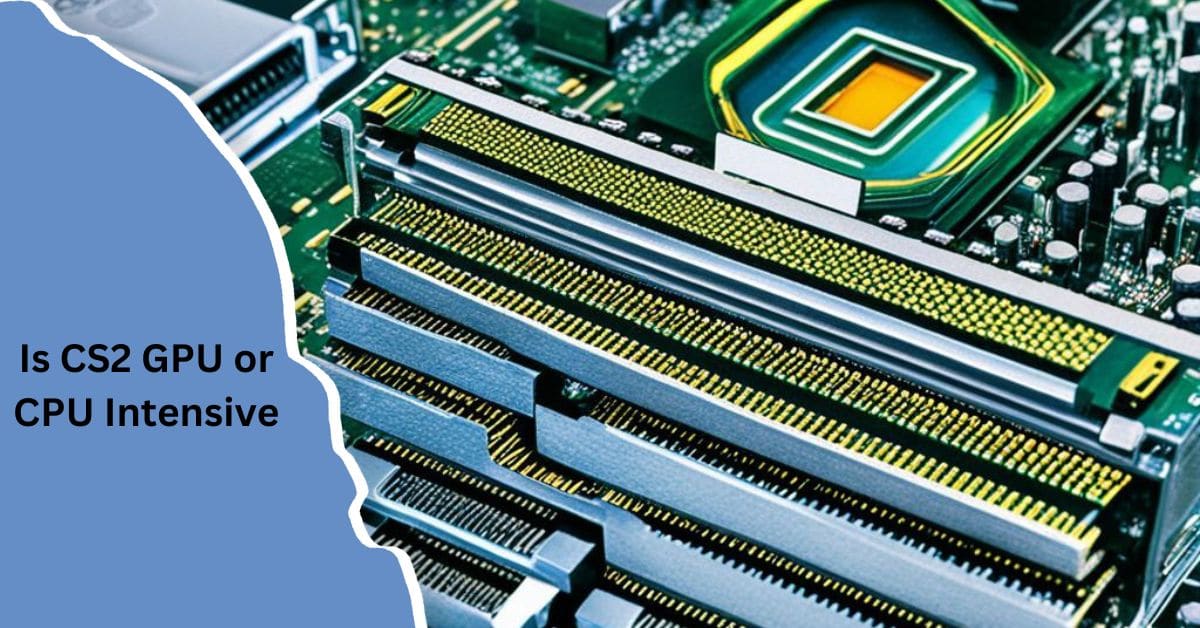
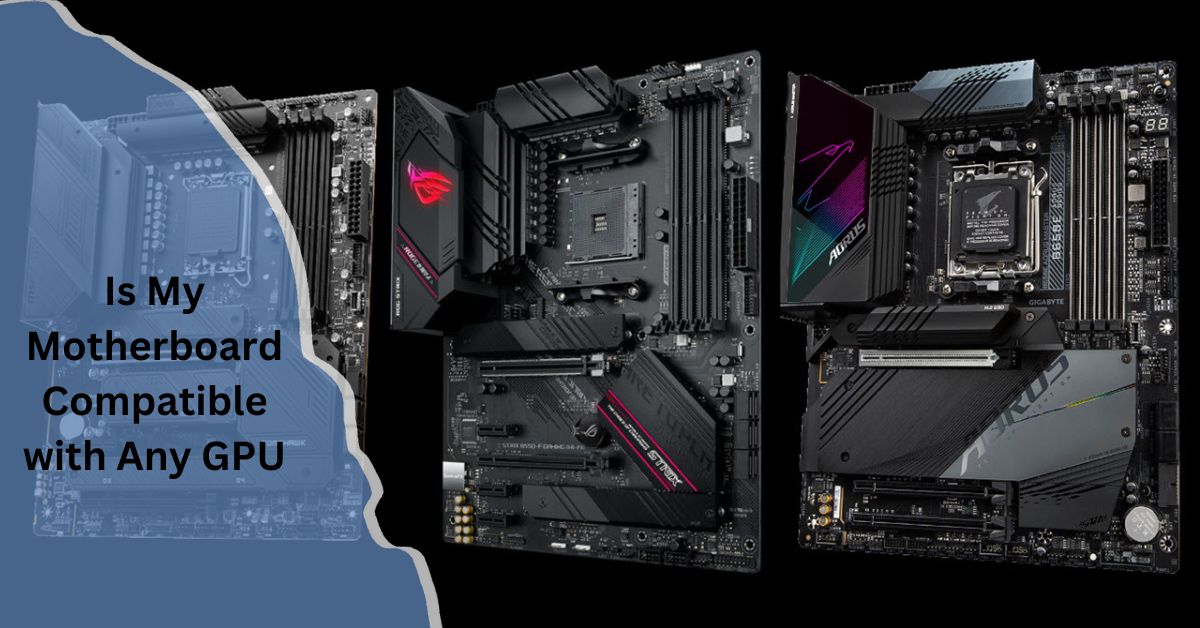


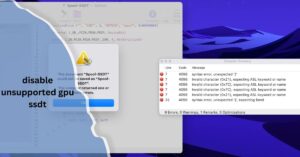

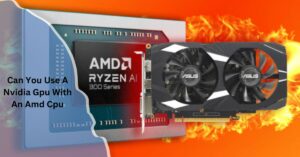

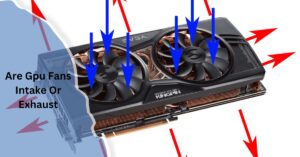
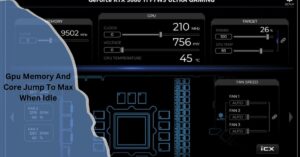

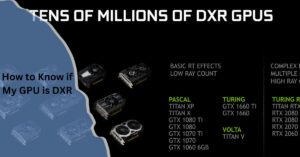
Post Comment